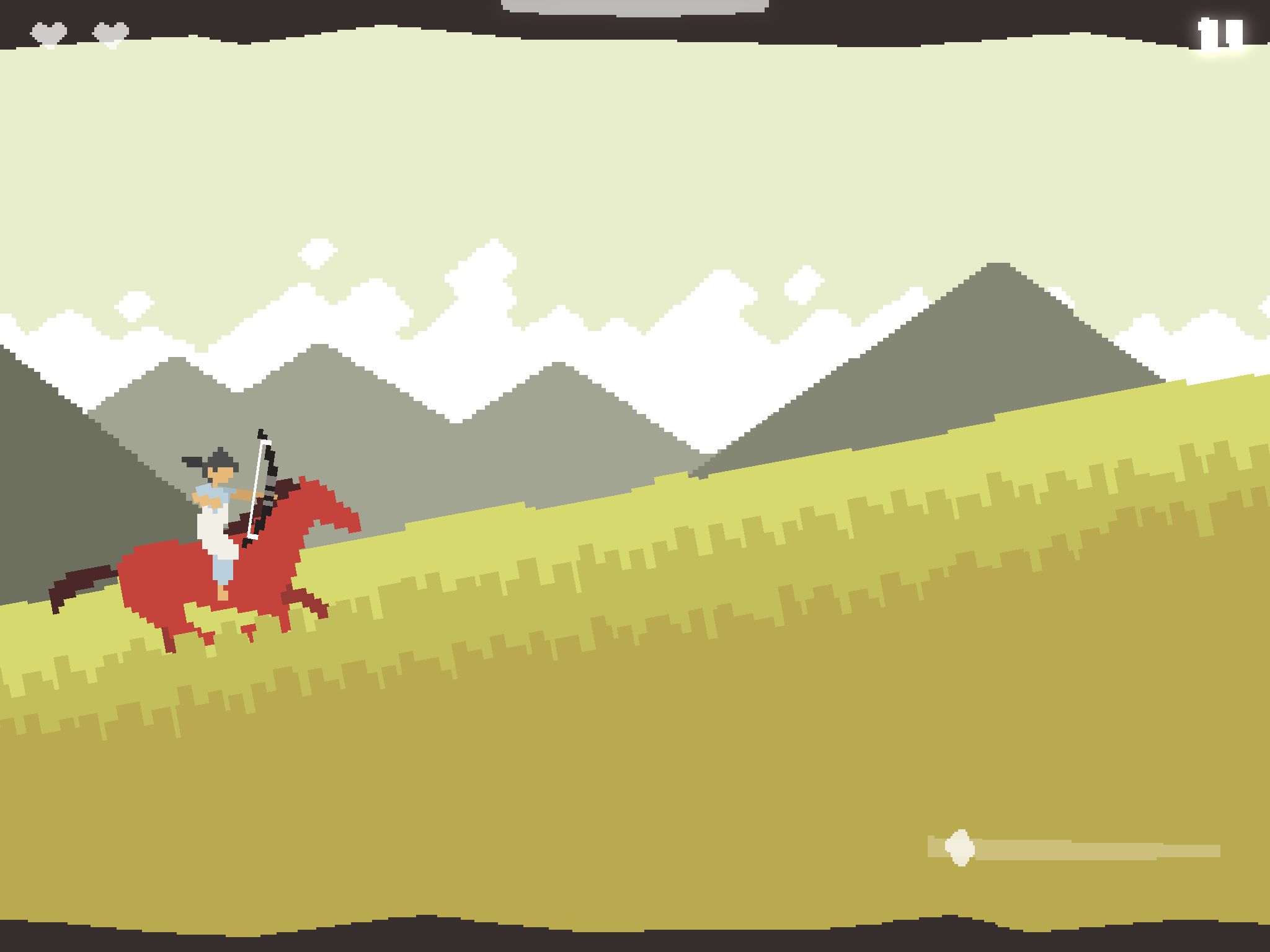I've also just sent over some first pass art to our programmer as we want to have something that looks good for our Thursday meetings, and we can't wait any longer.
I asked our producer to email Ken to ensure him that we're not lazy or unenthusiastic. Skully, Anthony, and myself are all extremely excited about this game, and are determined to not let this affect our final product. He tells me he sent the e-mail so they now know why we might not have been delivering excellent progress each week.
.png) |
| Original Mock Up |
 |
| Second Mock Up |
Visual Style Guide
Computer Game Development Project
 |
| Working Logo |
Introduction
In this document the
visual style and artistic requirements necessary for the accurate creation of
the game project “Role” will be defined.
Role is a 2D Rube Goldberg inspired
side-scroller. It is very interested in creating a simple, engaging experience
which drifts between soothing and urgent gameplay.
Role is the story of day into night.
The game begins when the moon falls from the sky directly into the level. The
character moves independently, and the player must tap the screen to alter the
game environment in order to vehicle the moon to the end of the level, at which
point the moon rises as the sun and the level is complete.
The visual style will serve the
simplicity of the game and support the games’ context to fully play to the
story of the gameplay. The artwork should also complement the idea of stillness
in the game.
Characters
The only “character” in the game is the
moon. The Moon will have a wisp-like texture and should have a sense of “life”
to it. Much like the character in “Thomas was Alone”, the animation and sound
design will compensate for the simplicity of the characters’ design.
Storyboards
User Interface
Because Role is
designed to be a simple, calming game, the UI must therefore mimic this, and
must not exist to bother or distract the player in any way.
Environments
The environment art
for Role is the majority, and as such is incredibly important in affirming the
atmosphere and ethos of the game as a whole. Primary colours have no place in
this game; Rather, a de-saturated colour scheme based around highlights has been
created to give the game the feeling of “sitting round the camp fire”. The
player should hopefully feel unsure about the environment, but also intrigued.
Overall, the environment assets should combine to instil a strong sense of
nature and history.
Man’s presence in
this world should feel minimal and also rustic. Modern technology would jar
with the organic shapes and remove the environments’ sense of innocence.
To best emphasise
the bitter cold and stillness of the night, blue hues have been used generously
across the environments. By creating this strong atmosphere at all times, the
rising of the moon to the sun at the end of each level should be a great
contrast of visuals upon which to end on.
Shape
Shape theory is a
strong influence on the narrative and impression of the character and
environment art.
The main character, the moon, is a circle,
and as such the design can better emphasise the situation or position of the
character through a harmony or dissonance of shapes.
 |
| SAFE! |
In the image above
the repetition of circles enforces the idea that the player is currently early
on in the level, the shapes are all relatively rounded and there are little or
no sharp, threatening lines. The moon almost looks like it belongs in this environment
because it harmonises with the shapes in the environment. When placed among
sharp objects however, the player will definitely not feel safe.
Camera
Camera
Role will have a parallax system which
will complement the art enormously. Games such as Rayman Jungle Run and Limbo
served as inspiration for the considering of the scale and ambience which great
parallax art can convey.
The background art of the environment
should not distract from the detail of the midground. It should complement the ambiguous
setting of the game and, like Limbo, help give a sense of remoteness to the
world.
A zooming action also exists throughout the level, which will
help draw attention to different parts of the environment and its mechanisms.
References
References
 |
| Placement Art |
The images compiled
in the mood board convey the sort of atmosphere that Role hopes to accomplish.
The still from La Luna (Pixar, 2012) in the top left of the board demonstrates
the still, calming nature of the moonlight. Stills from Rime, The Secret of Monkey
Island, and Project 2 (3 middle images) illustrate the impression which can be
captured through highlights and contrast.









